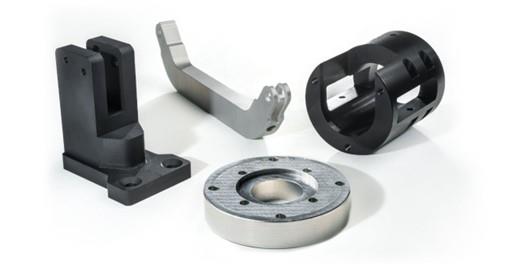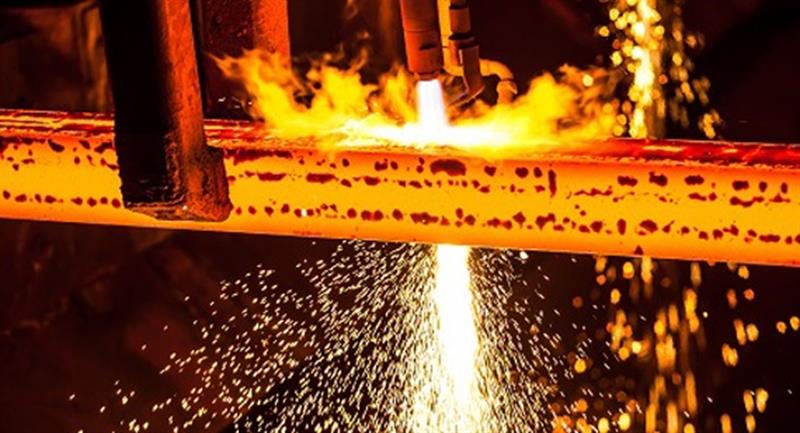Understanding Anodising
Anodising, an electrochemical marvel, finds its prime application in treating aluminium and its alloys, with a potential for other metals like titanium. The process is a symphony of immersion, electric currents, and the creation of a protective oxide layer. Picture this: your metal part takes a dip in an electrolyte bath, embraces an electric current, and there you have it—an oxide layer emerges, becoming a steadfast guardian against corrosion.

How it works
Once rid of contaminants, the metal part is dipped into an acidic electrolyte solution. One end connects to the positive terminal, becoming the anode, while a separate electrode takes on the role of the cathode. As the electric current enters the scene, metal ions jostle with oxygen ions, crafting a protective oxide layer on the metal's surface. It's akin to the metal donning a self-healing, corrosive armour.
Benefits of Anodising
Anodising brings forth a host of advantages, from heightened corrosion resistance and durability to a spectrum of aesthetic options. Picture a part with increased resistance to abrasion, a lower coefficient of friction for smoother motion, and the ability to flaunt vibrant colours—all thanks to anodising's versatile prowess.
Decoding the Benefits:
- Corrosion Resistance: Anodising forges a robust oxide layer, shielding metal from environmental assaults.
- Enhanced Durability: A hard, wear-resistant layer extends the lifespan of metal parts.
- Aesthetic Options: Anodising lets you play with colours, perfect for decorative applications.
- Lower Coefficient of Friction: Smooth sliding, reduced wear, and improved efficiency.
- Electrical Insulation: Ideal for electronic applications, anodised aluminium exhibits electrical insulating properties.
- Lightweighting: Perfect for weight-critical applications like aerospace.
- Thermal Insulation: Anodised aluminium offers a degree of thermal insulation, thanks to the oxide layer.
Understanding Electroplating
Electroplating, another electrochemical process, involves depositing a layer of one metal onto the surface of another. From gold and silver to nickel and chrome, this technique opens the door to a dazzling array of finishes. Imagine your metal part taking a luxurious dip, emerging bedecked in a shimmering layer of a desired metal.

How it works
Cathode, anode, electrolyte solution—each plays a role in the electroplating process. A jolt of electricity prompts metal ions to waltz to the cathode, where they transform into a splendid layer on the substrate's surface. It's a precise dance where the thickness of the plated layer is the result of the process's duration.
Benefits of Electroplating
Electroplating boasts decorative finishes, corrosion resistance, wear resistance, and the ability to add conductivity to non-conductive materials. It’s the artisan’s brush, bringing forth smooth, shiny finishes and augmenting the longevity of parts.
Decoding the Benefits:
- Decorative Finishes: Elevate the visual appeal with smooth, shiny finishes.
- Corrosion Resistance: Enhance the lifespan of the base metal by adding a protective layer.
- Precision: Control coating thickness for consistent, reliable results.
- Surface Hardness: Fortify parts against wear and damage with increased hardness.
- Conductivity: Transform non-conductive materials into conductive wonders.
- Lubricity: Improve functionality by reducing friction in the electroplated parts.
Choosing the Perfect Finish: Anodising or Electroplating?
The decision is as much art as it is science. Consider your material, purpose, application, desired finish, environmental impact, and cost implications. Anodising is the go-to for aluminium, while electroplating flaunts its versatility with a wider range of materials. Your choice should relate to your bespoke parts' intended use, ensuring it stands resilient against the tests of time and aesthetics, whether it's the textured allure of anodising or the polished elegance of electroplating.